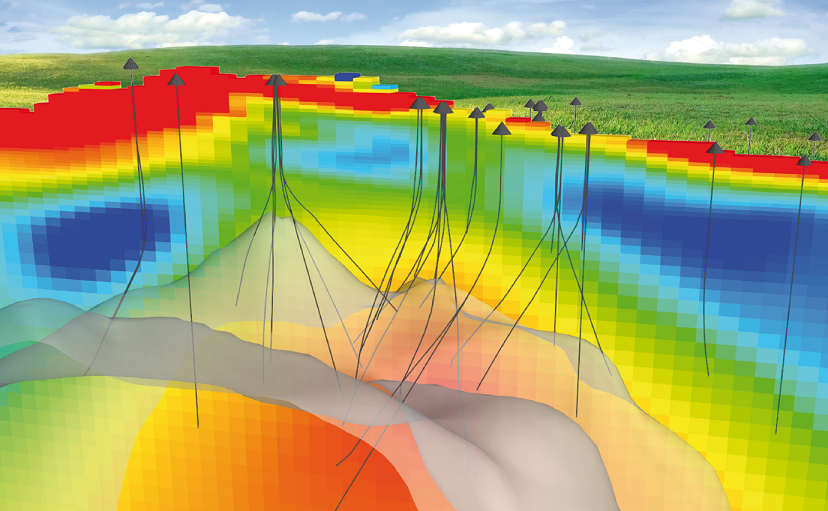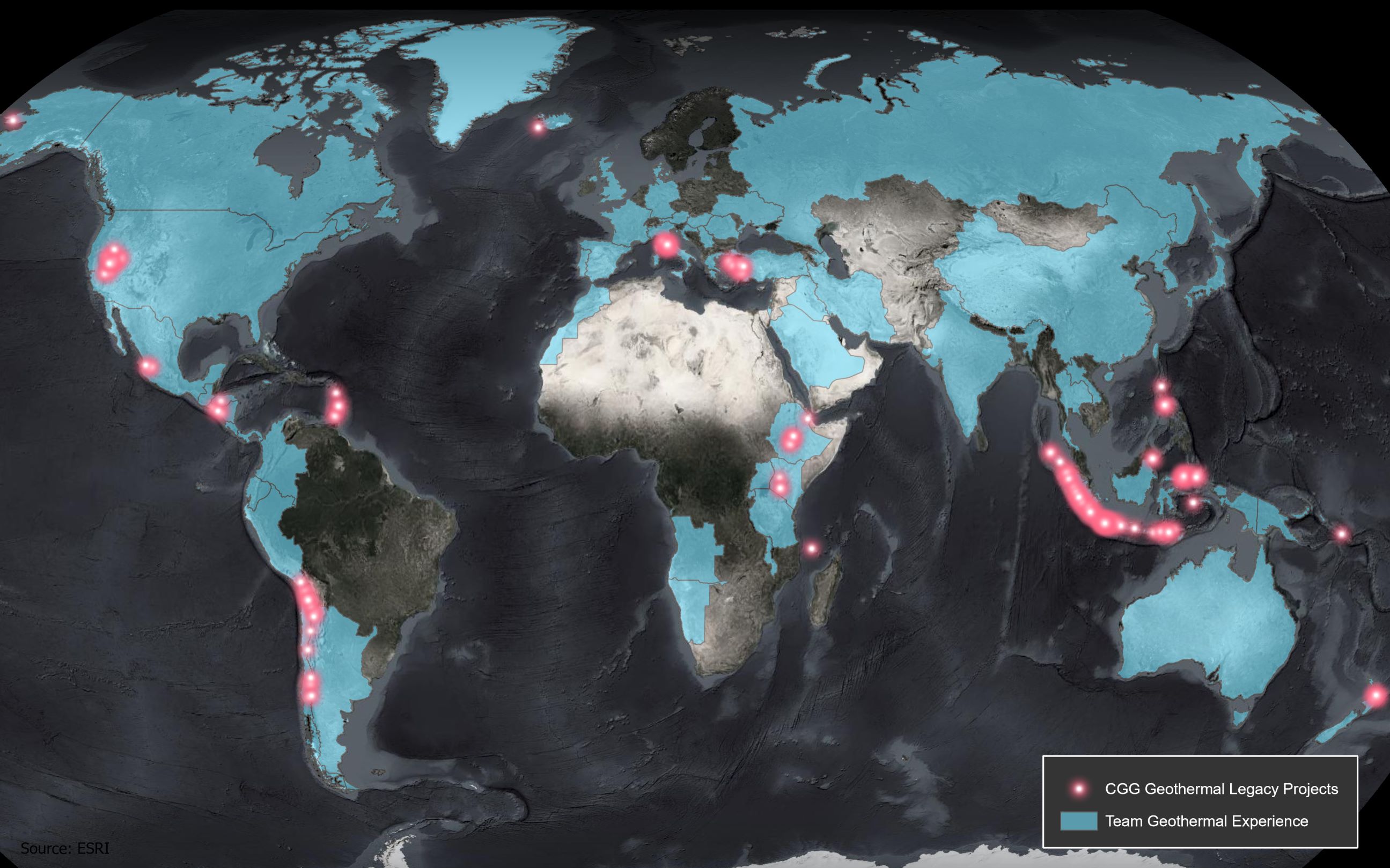Bright Future for Geothermal
Unlike some alternative energy sources, geothermal energy is always available, non-radioactive and can be used to back up intermittent supplies from solar and wind. To reach net-zero targets, a major increase in geothermal projects throughout the world is anticipated, with global installed capacity expected to double by 2030.
However, it is not just about producing heat for electricity generation; there is an important value chain associated with geothermal. This includes direct heat use in industry, domestic heating, agriculture and food processing. In addition, it is possible to extract valuable critical minerals from the brines, including lithium, one of the most important substances needed in the energy transition.
Geothermal electrical energy can also be used to generate green hydrogen and also fresh water can be a by-product of flash geothermal systems, thus providing a self-contained hydrogen-generation system.
E&P Expertise: Ideal for Geothermal Development
As the transition to net-zero carbon progresses, it makes sense to look to the oil and gas industry, and particularly geoscience companies, to see what their knowledge of the Earth’s subsurface and cutting-edge technology, honed for over a hundred years, can offer for alternative energy sources like geothermal.
Similarities between the exploration, development and production cycle for oil and gas and the exploitation of geothermal resources naturally call for similar technologies. For example, identifying and quantifying a geothermal resource requires a robust understanding of regional structural evolution, basin fill and thermal history, together with lithology, porosity, permeability, fluid chemistry and flow rates. Geoscience companies have collected this information in vast datasets for many years and this is now available to be repurposed and modified, for geothermal exploration.

In addition, many of the technologies that have been developed to support the oil and gas industry, such as seismic acquisition and interpretation, well drilling, sample analysis, gravity and magnetics and basin modelling, are now being enhanced for use in the geothermal sector to great effect. This is helping to expand geothermal exploration into new areas including large sedimentary basins.
Geothermal Solutions from CGG
Subsurface technical experts, such as those at CGG, are keen to show how their knowledge and skills can be applied to help develop the significant potential of the growing geothermal sector.
To support the evaluation and de-risking of geothermal prospects, CGG offers geoscience data, innovative technology and geothermal expertise. Over the past two decades, CGG has undertaken more than 150 targeted geothermal projects and recently produced a multiclient Global Geothermal Resource Assessment and a multiclient Lithium Brine Screening Study that includes an extensive water geochemistry database to facilitate global screening for geothermally associated lithium and other critical minerals.

Companies seeking to develop geothermal can also benefit from CGG solutions that include geothermal data and analytics, resource exploration and appraisal, reservoir characterization and monitoring.
While climate change brings significant risks to businesses, it also affords opportunities. Contact CGG’s geothermal team to learn how geoscience expertise can help guide you in exploiting this promising resource. Find out more at cgg.com/geothermal or email geothermal@cgg.com.

